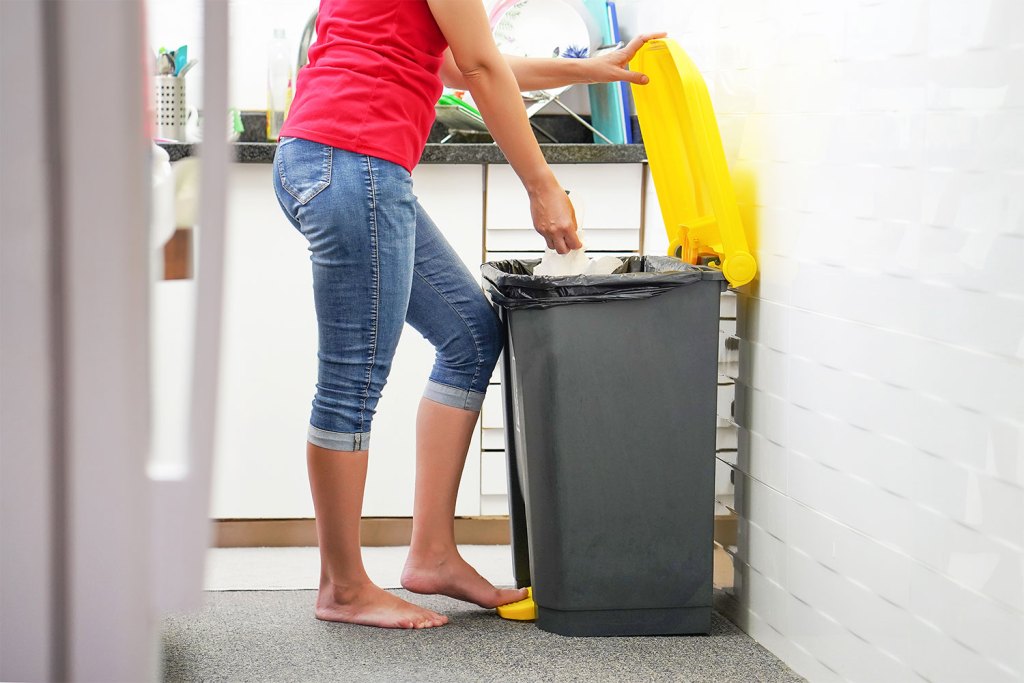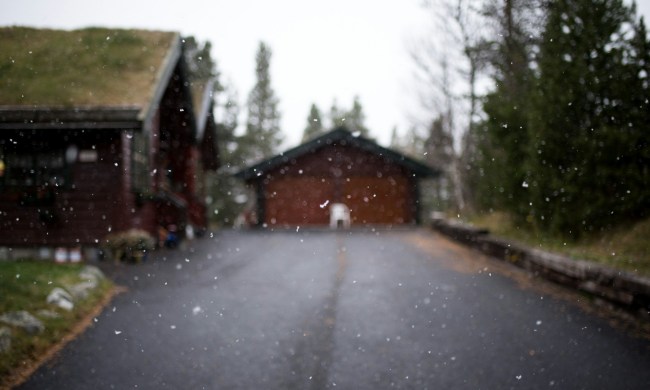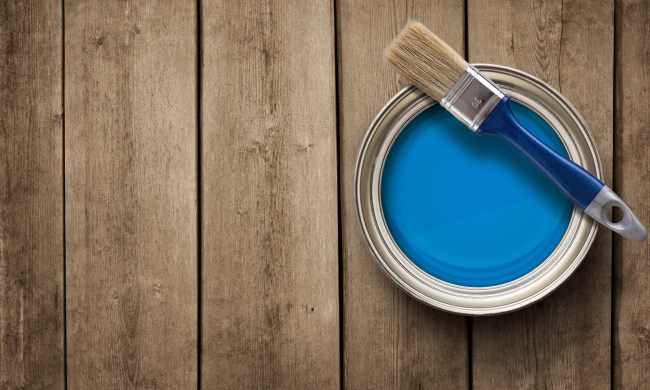A household pest problem can make anyone feel uncomfortable, no matter how harmless the intruder may be. In extreme cases, the insect or animal may be carrying diseases or harmful bacteria. While there are natural methods for pest management, an important principle to follow is prevention is always easier than finding a solution. Once the problem escalates, it takes more time and effort to reach a permanent fix.
Read on to discover how to get rid of 12 common household pests forever.
Ants
House ants are usually black or dark brown in color. They have antennas, a thorax, and round abdomen.
Damage: You need to toss food touched or eaten by house ants. Unfortunately, they’re difficult to get rid of when they nest in hard-to-reach spots within your home.
Prevention and solution: Unsurprisingly, the easiest way to prevent house ant infestations is by cleaning regularly. To keep ants out, seal small openings like cracks in doorways or walls. Spray a vinegar and water mixture where you’ve seen them to erase ant trails. Chemical sprays will also get rid of ‘good’ bugs such as honeybees, so be careful.

Flies
Flies come in different shapes and sizes, but they have key features in common: A set of wings, six legs, antennas, and a compact body.
Damage: Flies can spread diseases like salmonella and E. coli. They also carry other bacteria and viruses that are dangerous to humans and pets. So next time you see a fly at home, take action.
Prevention and solution: Flies are attracted to food, feces, and other bugs. Put away food and keep compost outside. Make sure there are no openings on windows, doors, or walls. To eliminate a serious problem, use bait or insecticide.
Fruit Flies
Fruit flies are smaller than house flies and are brown, red, or black. They feed on old produce and fermented beverages.
Damage: Fruit flies are carriers of harmful bacteria. You’ll need to throw out any food they come into contact with to avoid sickness.
Prevention and solution: Eliminate moist areas and exposed food. A common, natural solution is filling a bowl with vinegar mixed with dish soap. The mixture will attract flies and trap them. Put soda in a cup and wrap it with poked holes, so the bugs can get in and not out.

Mice
Mice are smaller than rats and have larger, rounder ears. Though less intimidating than their rat cousin, they are equally dangerous.
Damage: Mice can spread viruses through their droppings and bodily liquids. They will eat any food and soft food containers like paper. They can also damage your electrical systems by nibbling on cable wires and cords.
Prevention and solution: Placing traps or bait are effective solutions. If you want to try less fatal interventions, there are catch-and-release traps and ultrasonic pest repellers available.
Mosquitoes
The infamous mosquito has a thin body with lanky legs and a small head with a needle-like mouth.
Damage: Mosquito bites cause pain and in tropical areas, serious diseases.
Prevention and solution: Mosquito spray or electric swatters are temporary solutions. To avoid mosquitoes, don’t open containers of water in and around the house, suggests the CDC. Seal doors and windows properly, and use nets for children if you live in a mosquito-heavy area.
Cockroaches
Cockroaches have an oval-shaped body with six legs and long antennae.
Damage: Cockroaches spread bacteria that cause sickness like the stomach flu. They also shed body shells that irritate lungs and sinuses.
Prevention and solution: Cut off their food source by securing pantries and storage space and cleaning thoroughly. Close possible entry points like doorways and windows. Most importantly, make sure you’re not bringing in cockroaches yourself through boxes, bags, etc.

Bed bugs
Bed bugs are oval-shaped and are usually brown with short legs.
Damage: Their effects are mainly psychological — anxiety, insomnia, fear. Besides itchy bumps from their bites, bed bugs don’t do much physical damage to your home.
Prevention and solution: If you buy secondhand furniture, make sure it’s clean before placing it in your home. Vacuum carpets and upholstery regularly.
Earwigs
Earwigs are dark brown, and their distinct feature is their back pincers.
Damage: Earwigs will eat houseplants when they find their way inside.
Prevention and solution: Make a soy sauce and oil mixture, then cover with a punctured lid. The oil prevents their escape. When bringing in objects from outside, make sure an earwig isn’t lurking underneath or inside.
Spiders
Spiders vary in size, shape, and color, but common house spiders include Daddy Longlegs, the domestic house spider, and even more hair-raising ones like the Black Widow.
Damage: Bites from venomous spiders cause unpleasant side effects ranging from an itchy bump to a fever. However, most spiders only bite when provoked, and they help keep other bug populations in check.
Prevention and solution: To prevent infestations, always check inside items like furniture and boxes before bringing them into your home. Seal openings to remove their entry point. Spray peppermint oil where you’ve seen spiders and leave opened chestnuts in these areas. The smells drive spiders away, says Country Living.

Termites
Termites are small, white bugs that live in and feed on moist wood.
Damage: Termites can break house foundations and structures by feeding on wood.
Prevention and Solution: Since termite larvae live underground, eliminate moist, unused soil and uncovered water sources. To battle an infestation, you can use spray pesticide, boric acid, or baits.
Bees
Bees are typically black and yellow with an apricot fuzz and a pair of wings.
Damage: Though uncommon, bees can build hives inside homes. Their stings are painful and can induce a hospital visit for allergic victims.
Prevention and Solution: Make sure windows and doors are sealed. If you find a hive in or near your house, surround it with ground cinnamon or spray it with a mixture of cinnamon oil and water. The smell makes them flee.
Fleas
Fleas have a small head and a bulbous body with mighty hind legs that help them jump.
Damage: Fleas can cause infections and extreme itchiness in pets and humans.
Prevention and Solution: After a stroll, make sure your pet didn’t pick up any hitchhiking fleas before going inside. You can also apply flea medicine on your pets regularly and have them wear a flea collar. Choose a flea spray for larger infestations and vacuum thoroughly.
In the meantime, check out some of the best bug catchers, which can safely retain wanted insects or humanely discard unwanted ones.



